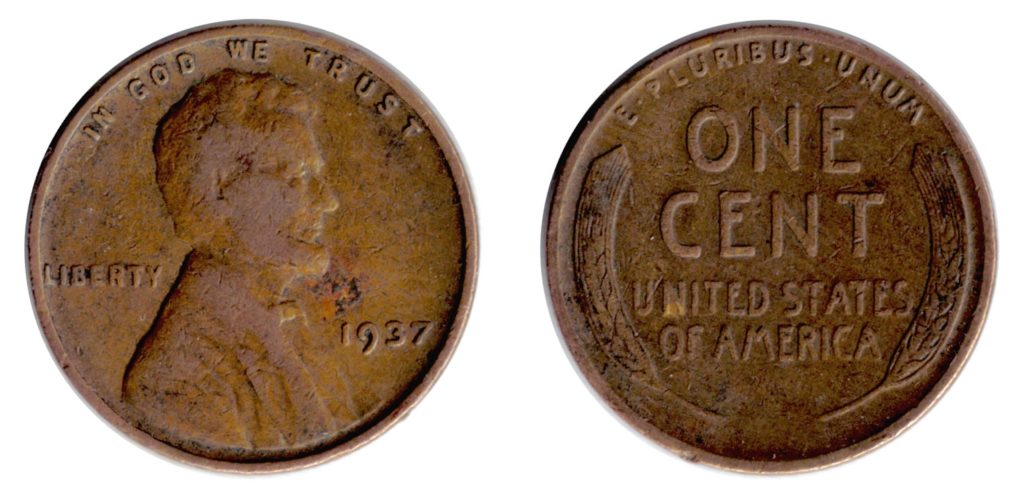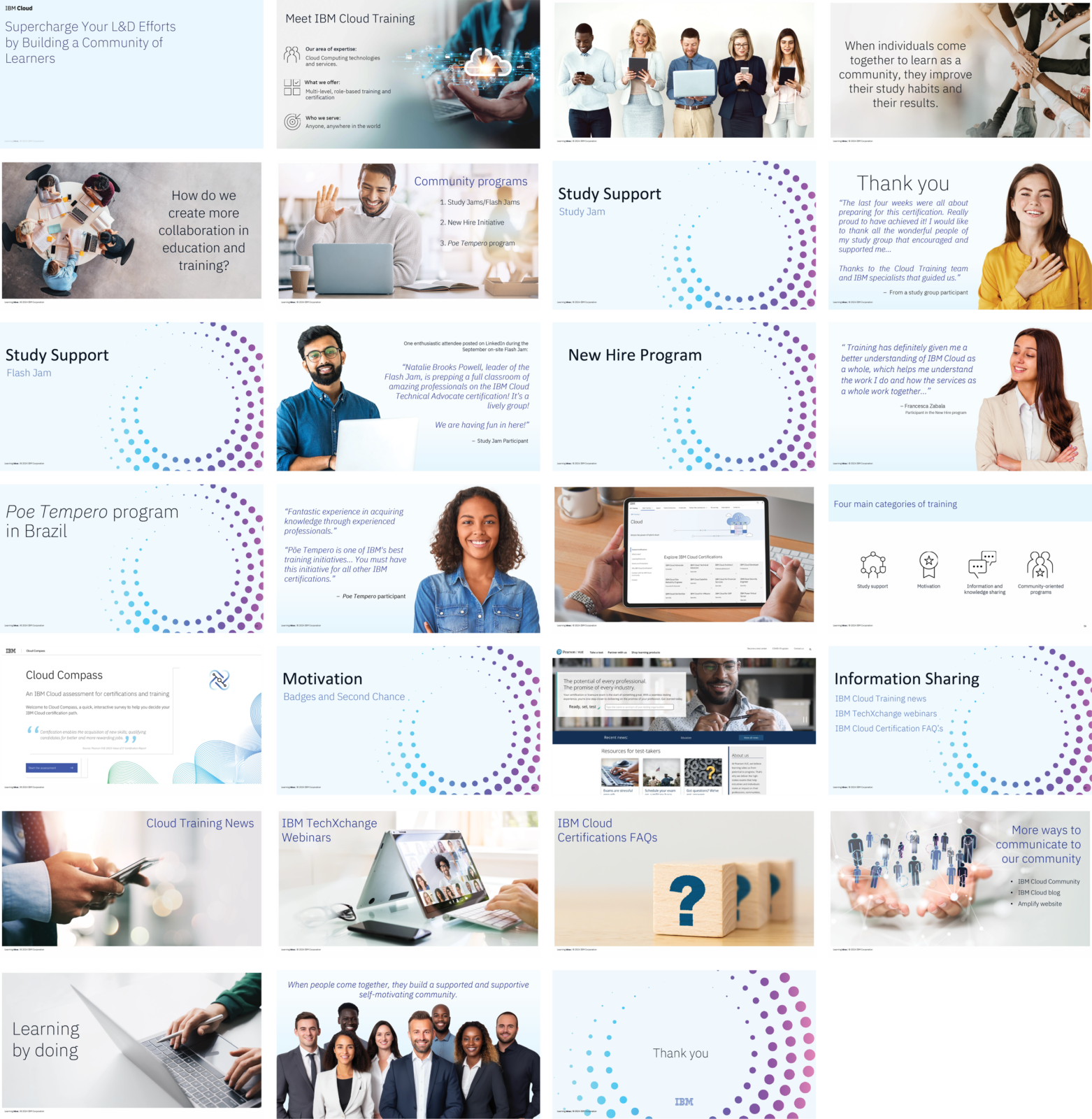Why does free software need paid advertising?
Someone who emerged from a decade-long nap beneath a technological rock (decades-long, really) might be shocked to see how much of today’s IT landscape, from programming languages to virtual environments, infrastructure standards to critical networking software, and even entire operating systems, belong to no one.
Or at least, belong firmly to no single, particular person or organization—and are freely available to try out, deploy, and build on.
And even for those who’ve been following along, it’s astounding. The core operations of the entire Internet—which is to say today’s greatest platform for commerce, communications and entertainment—hinges on open code available for free.
“Available for free” sounds too good to be true, and in fact it isn’t quite true in all senses. Every choice has costs of some kind, in time, efficacy, complexity and risk. But some tradeoffs are better than others, and open-source code has proven its value many times over.
And if your business relies even partly on open source, you may want to maximize that value by doing more than simply using the software: You should let people know you’re wisely stewarding your development dollars, and their purchasing budget, by doing so.
That’s a lot of money for “free”
The powers of FUD—fear, uncertainty and doubt—for a time made it seem like a risky move for companies, especially big conservative companies, to say much in public about using open source. That time is long past.
As IBM’s recent $34 billion acquisition of Linux pioneer and cloud computing powerhouse Red Hat underscores, there’s no escaping the pervasive power and value of open source.
Objections like “Open source is built by amateurs,” or “Free software developers have no quality control” just don’t cut it.
Nearly any kind of electronic interaction these days, from checking email to paying a mortgage online, is going to involve free, open-source software (“FOSS”) at a fundamental level.
The bulk of today’s smartphones are rooted in freely available code, and the same story is true in the world of connected sensors, cloud computing, highly available computing clusters and more.
The educational computing world has been swept by Chromebooks running a specialized Linux OS, and savvy technology users have come to know that when it comes to software, “proprietary” definitely doesn’t always mean “better.”
Greater than the sum of the parts
The best reason to spend time, attention and money to highlight open-source software is that the world of open source provides high-quality software worth crowing about, and benefits that your customers will want to know about.
The open-source ethos favors transparency, accountability, and reusability—and these are qualities that every business should strive to exemplify.
If your hardware is tuned to support open-source drivers, it means your customers have more options, and therefore more flexibility.
If your database, or CAD program, or email app, is designed to export data in a flexible, documented format, it means the data and documents that its users create can be assessed and queried in ways that suit their businesses.
Put it in writing
A plea, and the upshot: When you document and market your tech product—whether it’s software, hardware, or services—you can only make it look better when you give credit for any open-source underpinnings, or explain how it favors compatible file formats over lock-in gotchas.





